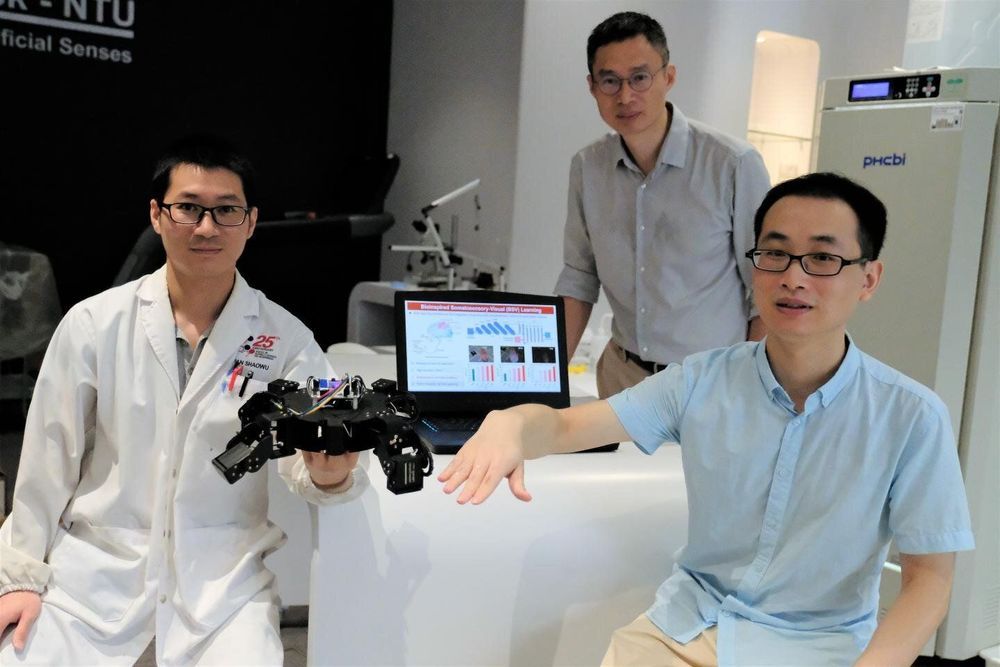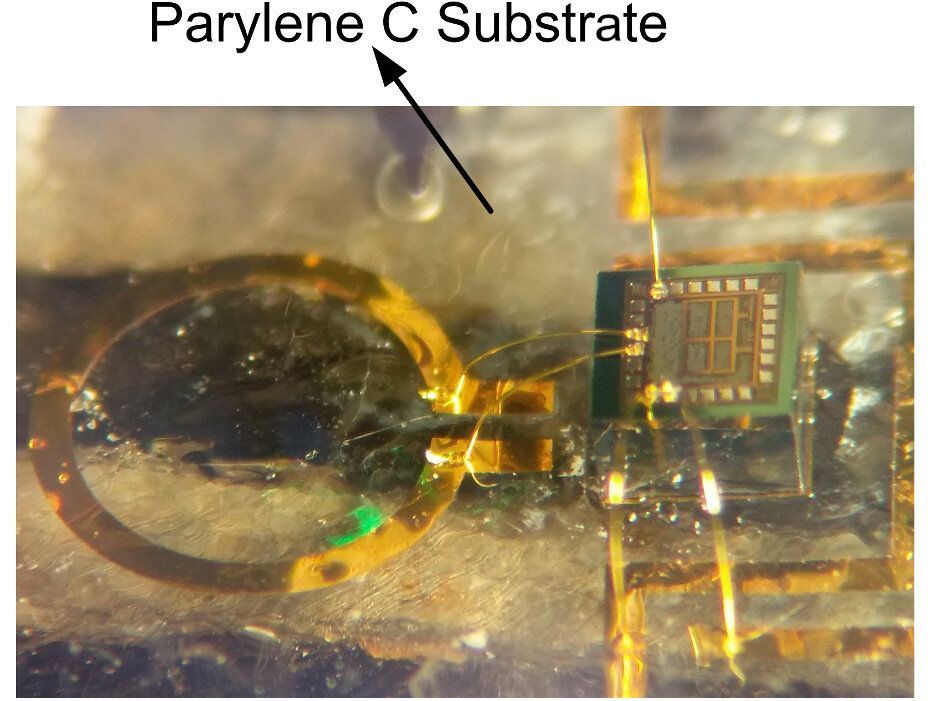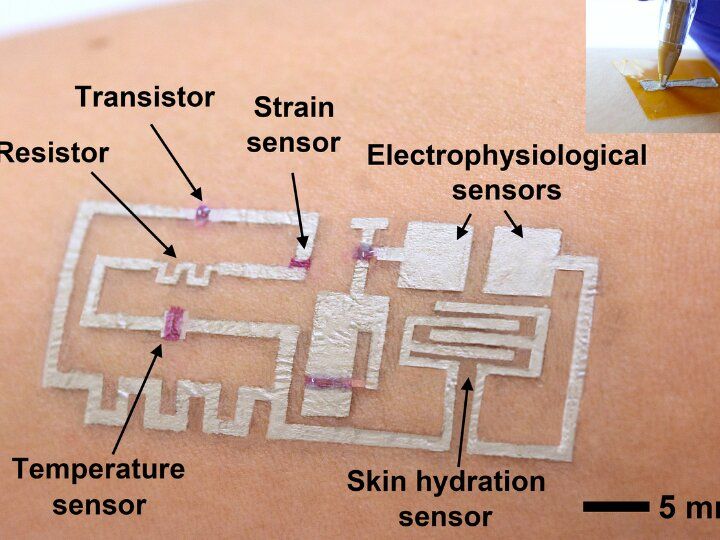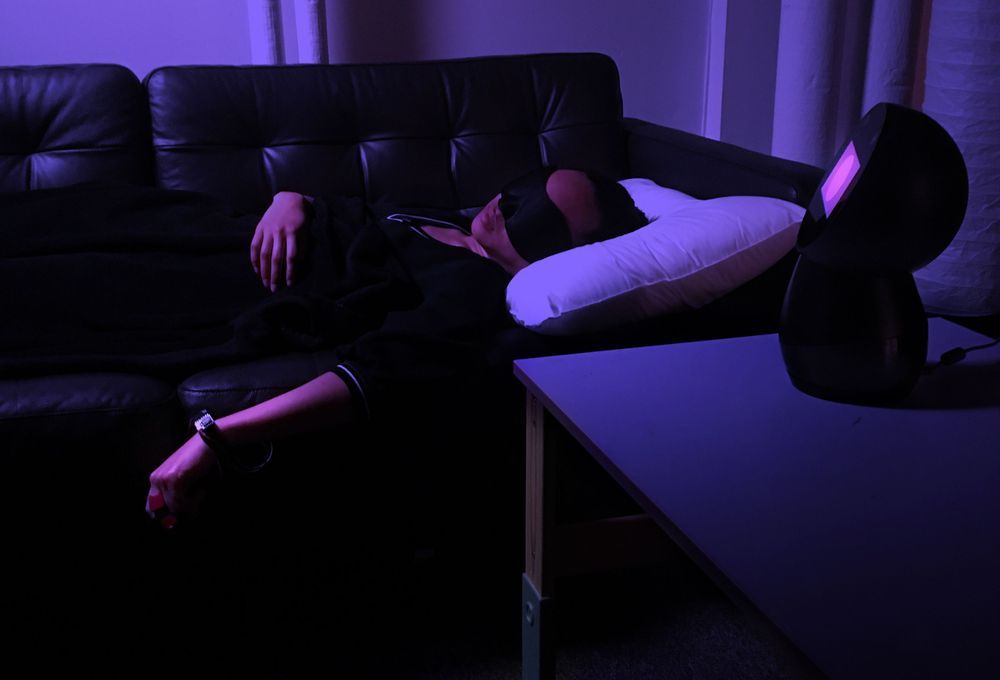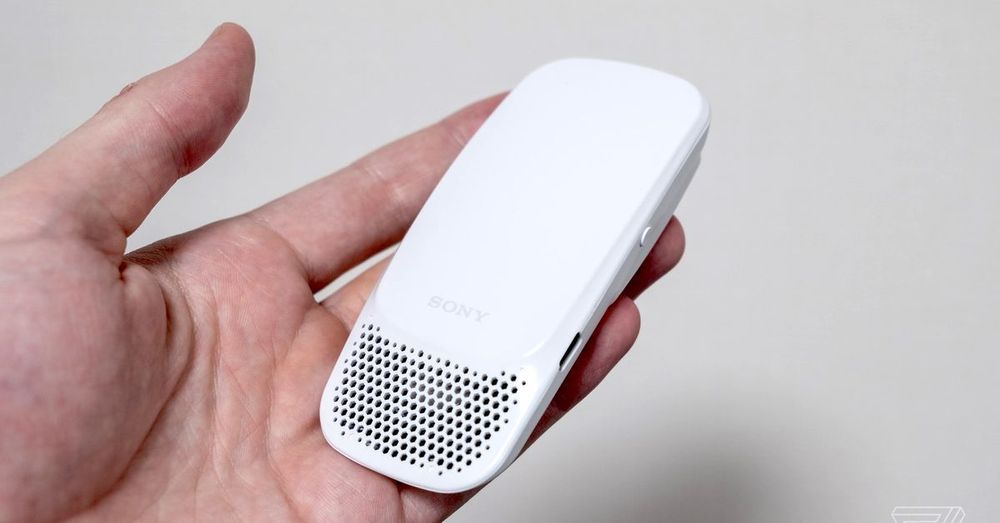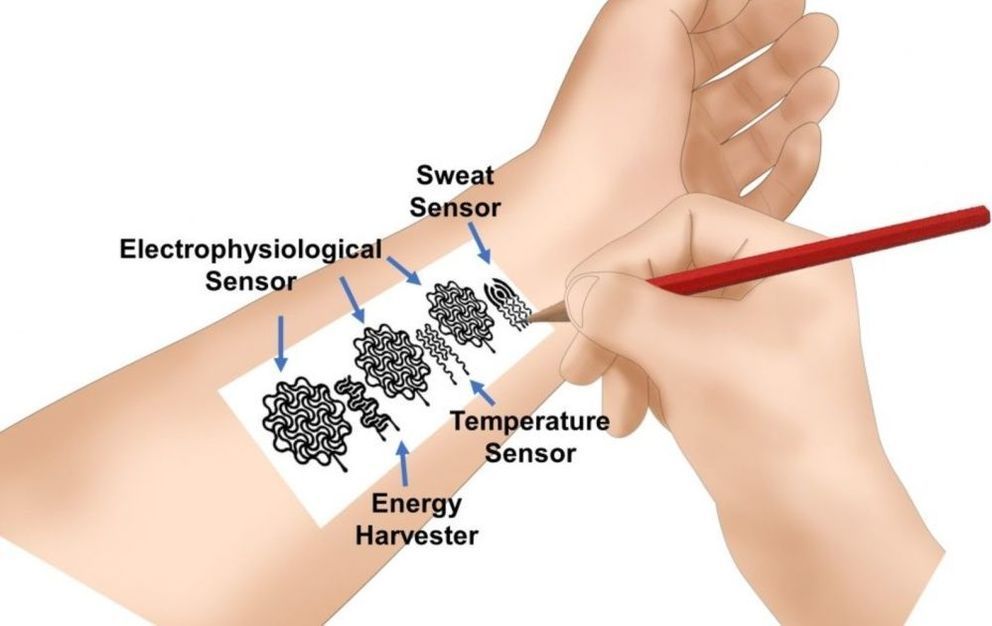Scientists from Nanyang Technological University, Singapore (NTU Singapore) have developed an Artificial Intelligence (AI) system that recognizes hand gestures by combining skin-like electronics with computer vision.
The recognition of human hand gestures by AI systems has been a valuable development over the last decade and has been adopted in high-precision surgical robots, health monitoring equipment and in gaming systems.
AI gesture recognition systems that were initially visual-only have been improved upon by integrating inputs from wearable sensors, an approach known as ‘data fusion’. The wearable sensors recreate the skin’s sensing ability, one of which is known as ‘somatosensory’.
